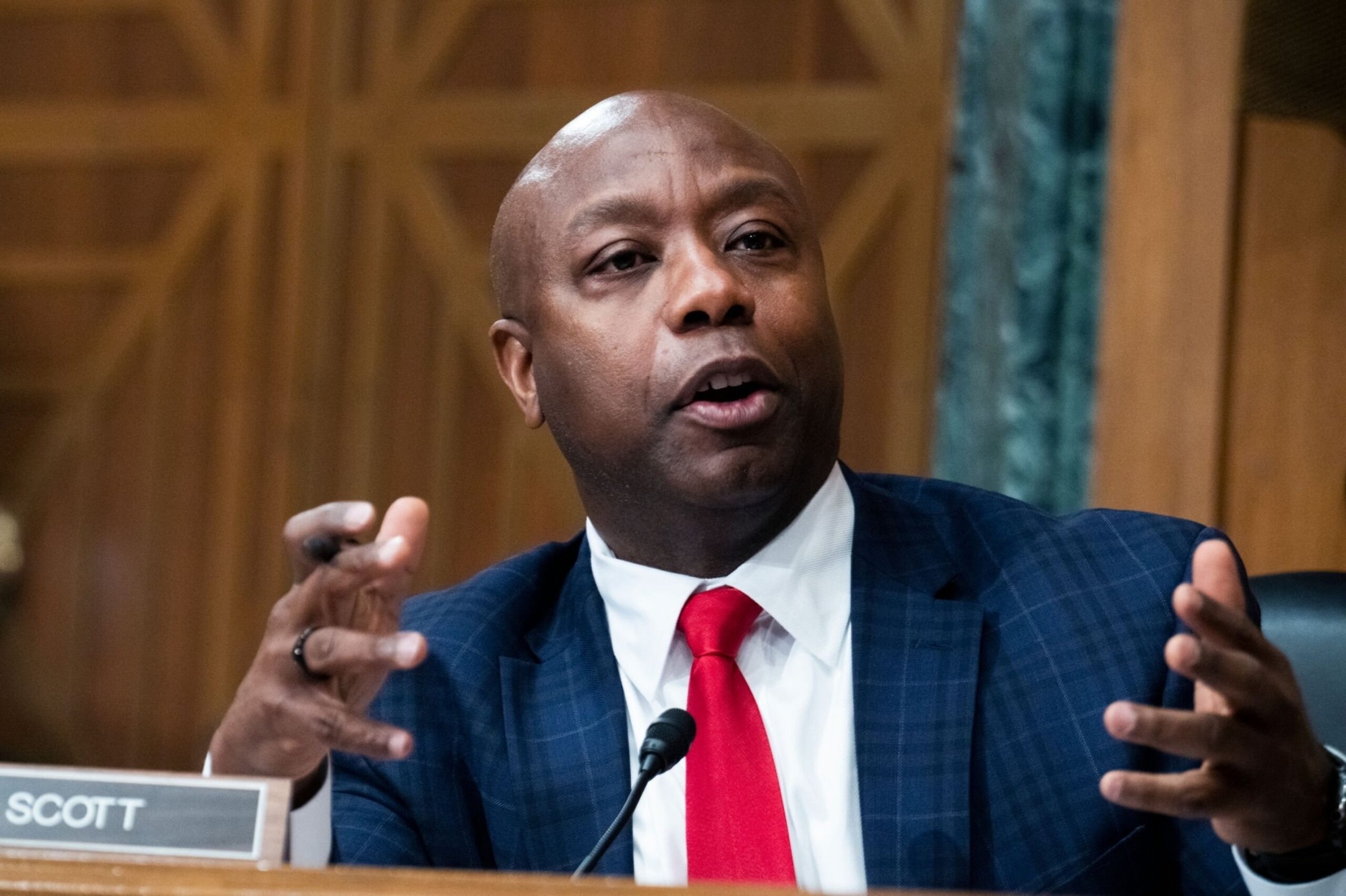Ketamine is the New Viagra
By Vincent Joralemon
Spravato, the first FDA-approved psychedelic therapy, just outsold Viagra. Johnson & Johnson’s ketamine-based formulation generated $183 million in Q3, surpassing Pfizer’s erectile dysfunction (ED) drug, which earned $110 million over the same period. Remarkably, a therapeutic made from ketamine, once dismissed as a “club drug” or “horse tranquilizer,” now sells more than one of the most notable 21st-century pharmaceuticals.
Yet, these two drugs have more in common than meets the eye, and the path Spravato has taken looks strangely similar to that of Viagra. By looking at the journey traversed by Viagra over the past twenty years, we can predict where Spravato (and other psychedelic therapies) are headed.
Viagra: The Pharmaceutical Circle of Life
In the 1990s, Pfizer was struggling to develop one of their compounds, sildenafil, for high blood pressure. Then, on a test of sildenafil in a group of miners, clinicians noticed that those in the study experienced unexpected erections (fun fact: several of the miners refused to give the drug back at the end of the trial). Based on these results, scientists shifted gears and researched the drug as an ED medication. It worked well, and Pfizer patented sildenafil citrate to treat impotence in 1994.
Pfizer’s successful clinical trials for ED followed, leading to FDA approval of sildenafil citrate, marketed as “Viagra,” in 1998. People initially made lots of jokes about it, but Viagra really helped with a serious problem plaguing millions of Americans. Bob Dole even endorsed it.
After an iconic ad campaign, Pfizer’s iconic little blue pills had the quickest sales growth in pharmaceutical history. These figures were particularly impressive because insurance did not cover Viagra for most Americans. At one point, the drug brought in $1.8 billion in annual sales for Pfizer. This is in part because of immense demand and minimal competition — the only alternatives at the time were costly treatments like injections and counseling.
Challengers soon arrived — Bayer’s Levitra and Eli Lilly’s Cialis broke onto the ED scene in the early 2000s. Cialis, which charged less and cleverly marketed its slower onset of action, overtook Viagra in 2013. And, as Viagra’s patent approached expiration, generics emerged. Pfizer even manufactured one of the generics, sold by Roman, in the same facilities as branded Viagra.
There are now over 500 ED drugs available globally, which means lots of products for patients to choose from. In response, prices have dropped across the industry — generic Viagra costs as little as $2 and generic Cialis is less than $1 per pill.
How Ketamine Became a Moneymaker
Spravato has followed a similar path. Ketamine has long been a part of human anesthesia, but clinicians didn’t discover its antidepressant effect until the late 1990s. In subsequent trials, researchers found that ketamine effectively eased symptoms of treatment-resistant depression (TRD). Janssen, a subsidiary of Johnson & Johnson, obtained the patent and FDA approval for a nasal spray form of S-ketamine. This became Spravato, the first FDA-approved psychedelic therapy.
Spravato is indicated for TRD, which occurs when patients cannot achieve relief from other antidepressant therapies (often SSRIs, like Prozac). This happens to around 40% of individuals experiencing depression, so Spravato was a substantial breakthrough — some hailed it as “the most significant advance” in fifty years of research on the condition.
This combination of high demand and a patent monopoly created a perfect storm of profitability. Which explains how sales are now on track to make three quarters of a billion dollars for Janssen over the next year.
Where Viagra Went, Spravato Will Follow
Here’s a model for the life cycle of a pharmaceutical (using Viagra as a guide):
- A drug is discovered.
- Clinicians give that drug to people. Serendipity strikes — the drug has an unexpected side effect.
- Scientists then research that new use of the drug, often patenting it.
- This patent gives someone the motivation to fund FDA trials. Those trials pan out, and the drug becomes FDA-approved for the new indication.
- Initially, the public is hesitant. But, the company spends lots of money to destigmatize the drug, and sales improve.
- The drug sells like hotcakes.
- With money to be made, challenger drugs emerge. Competition ensues; prices drop.
- As the patent approaches expiration, the brand licenses to generics. When these hit the market, prices drop (again).
- When the patent expires, prices drop (even further) from competing generics. People can pay more money for the branded drug, or choose from an array of affordable, FDA-approved drugs for the indication.
By my count, Spravato is at Step (6) — about where Viagra was in 2003. Just as Cialis and Levitra entered the ED market in the early 2000s, more competition is expected in the TRD sector soon. In fact, several psychedelics are currently in clinical trials for TRD (including Phase 3 psilocybin, Phase 2 5-MeO-DMT, and even Phase 2 R-ketamine studies). When any get approved, expect price competition to follow. This would be welcome news, because Spravato isn’t cheap.
Predictive Patterns & Pharmaceutical Forecasting
Spravato and Viagra are distinct pharmaceuticals, so we may not see an identical course for both. Yet, there are also some key similarities between the two that indicate the Spravato life cycle will closely resemble Viagra’s in the end. Both were serendipitously discovered as effective remedies for difficult-to-treat conditions. Both pioneered a new group of therapeutics and initially sold extremely well with limited competition. And, both drugs overcame stigma with clever ad campaigns and political support to ultimately sell very well in their early years.
The central message here is that recurrent structures manifest in the pharmaceutical industry, and those structures can be informative to foresee future patterns. If Viagra is any guide, more psychedelic therapies for TRD are on the horizon, and with them will come substantial price reductions.
If you are Johnson & Johnson, this is bad news — Spravato’s status as a cash cow may be short-lived. However, if you are a patient, this is fantastic news, because it means potentially cheaper alternatives are on the way. Again, psychedelic therapies aren’t cheap, so this is a good thing.






